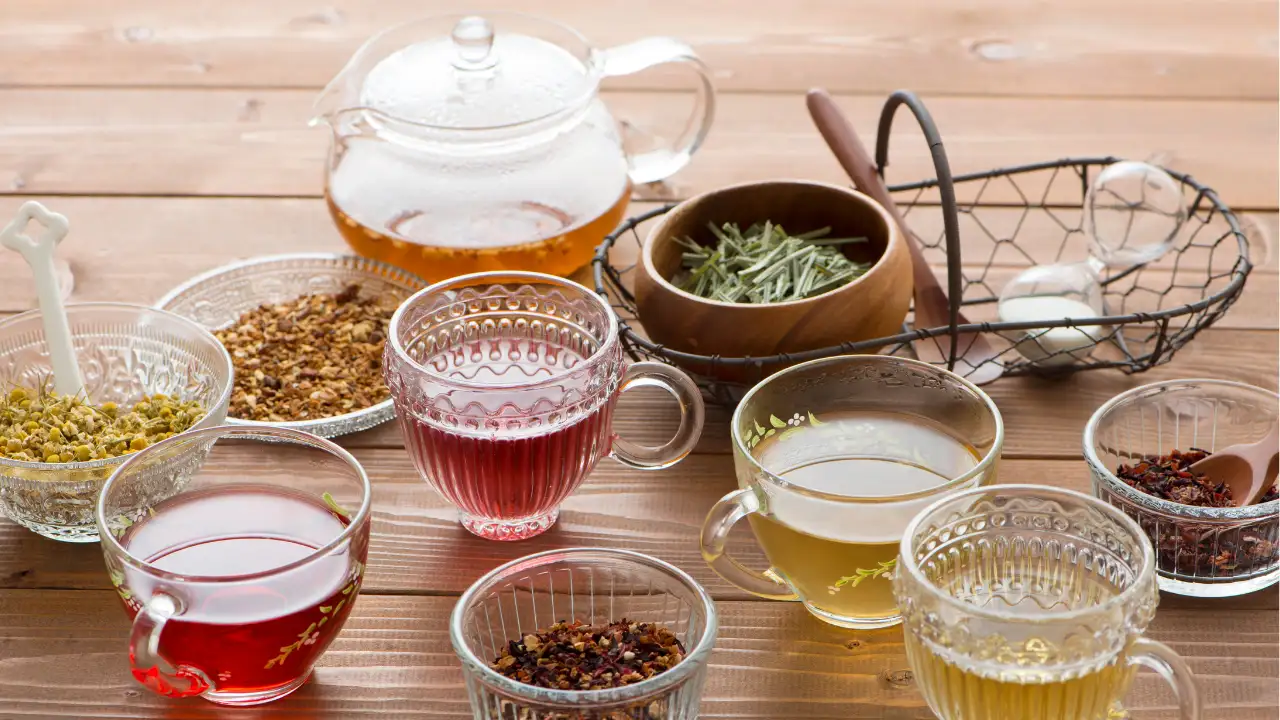Copyright timesnownews

Tea might just be the most universal drink in the world, yet no two places treat it the same way. From sugary sweet brews to salty and buttery versions, every culture has its own way of making tea, and it is more than just a drink; it is a statement, a tradition, and sometimes even a comfort ritual. The Sweet Side: India’s Chai In India, tea isn’t tea without the sugar and the milk. A steaming cup of masala chai, which is loaded with spices like cardamom, ginger, and cloves, is always generously sweetened. The sweetness balances the spices, turning chai into more of a hug in a cup than simply just a beverage. It is not just a drink, it is how families bond, how neighbours chat, and how the mornings begin here. Bubble Tea in Taiwan Over in Taiwan, sweetness takes a fun and chewy twist with bubble tea. The combination of milky tea, sugar, and chewy tapioca pearls became a global craze for a reason. It is playful, indulgent, and unapologetically sweet. This one isn’t a cup of tea you sip politely; it is one you slurp, chew, and happily share on Instagram. Morocco’s Minty Sweetness In Morocco, tea is less about the tea leaves and more about the ritual of pouring and sharing. Green tea is brewed with heaps of fresh mint and a very generous amount of sugar. The sweetness is deliberate, and it is actually part of hospitality, part of making guests feel welcomed, and part of slowing down and enjoying the moment. The Salty Side: Butter Tea in Tibet Now, on the other end of the spectrum, Tibet swears by its salty and buttery tea. It is known as ‘po cha’, and it is made by blending tea with yak butter and salt. The result is creamy, savoury, and deeply comforting. This is the perfect drink for high altitudes, where people need a lot of energy and warmth more than a simple sugar rush. For many outsiders, the taste is surprising, but for the locals, it is the taste of home. Mongolia’s Savoury Sip Mongolia has a similar take with its ‘suutei tsai’, which is a salty milk tea that is more nourishing than sweet. It is served with bread or dumplings, and it is less about indulgence and more about the functional aspect, providing warmth and sustenance in harsh climates.



